Sugar in the Spotlight
Just how much sugar do you have in your diet?
The World Health Organisation is currently redrafting the guidelines on daily sugar consumption. WHO’s existing guideline (from 2002) is that sugars should make up less than 10% of total energy intake per day. This figure is also recommended in the latest draft guidelines but it further suggests that that a reduction to below 5% of total energy intake per day would have additional benefits. Five per cent of total energy intake is equivalent to around 25 grams (around 6 teaspoons) of sugar per day for an adult of normal Body Mass Index (BMI). This includes all types of sugar (1). Dieticians and nutritionists have established that (a little over) 4 grams of white sugar (granulated) is equivalent to 1 teaspoon of sugar (2).
A few examples…
Product Portion size Teaspoons of sugar per portion
White bread 2 slices 1 (just under)
Wholemeal Bread 2 slices 1 (just under)
Kelloggs’s Special K 50g 2
Chocolate digestive 1 2
Mars Bar 1 bar 5
Murray Mints 1 tube 10
Kit Kat 2 fingers 4
Baked Beans ½ medium tin 2
Kellogg’s Special K 30g 3
Heinz Classic Tomato Soup 300g 4
Pret A Menger Deluxe Sushi 232g 2
Heinz Tomato Ketchup 15ml 1
Yeo Valley Farm 0% Fat Vanilla Yogurt 150g 5
Coca Cola 1 can 7
Innocent Pure Fruit Smoothie Strawberries and Bananas 250ml 7
100% orange juice unsweetened 250ml 6
Fruit
Eating a balanced diet including fruit has great health benefits. Fruits are a fantastic source of vitamins, minerals, antioxidants and fibre. However, fruits are also relatively high in sugar. So, it makes sense to try and eat more vegetables than fruit and be mindful of the balance between getting a wide variety of nutrients and limiting your sugar intake. The higher fibre content in fruit helps to utilize the calorie intake during digestion and metabolism always making fruit a better choice than a refined sugar product.
Product Portion size Teaspoons of sugar per portion
Banana Medium 118g 4
Apple Medium 182g 6
Grapes x10 49g 2
Peach Medium 150g 3+
Kiwi x1 fruit 69g 2.5
Cherries x4 1
Tangerine Medium 88g 2
Honeydew melon 1 wedge 125g 2.5
Pineapple 1 slice 84g 2
Peach Medium 150g 3
Tips…
Bread: Choose bread made of wholemeal flour with no added sugar. The fibre in wholemeal bread is more filling and aids digestion. Look for bread with less added sugar, or rye bread.
Yogurts: Choose a plain low fat bio yogurt and add your own fruit to sweeten and add flavour. The fruit does contain a type of sugar called fructose but you are also getting nutrients not just empty calories.
Cereal: The best way to ensure that your cereal or muesli doesn’t contain hidden sugar is to make your own. Mix fresh oats with nuts, raisins, sunflower seeds and freshly chopped fruit. Quick and nutritious….but do keep an eye on your portion size – a small handful or a maximum of 50g is an appropriate serving size.
So the message here is to be more aware of the hidden sugars in the food we eat. It really is worth taking a bit more responsibility with your diet and start reading those labels of any processed foods you are eating. The less processed food the better.
West London Fitness – Gain and Sustain a healthier you
London’s Premier Personal Training Service
References
http://www.dunsdental.co.uk/guides/hidden_sugars_guide.pdf Accessed 12.05.2014
http://www.mirror.co.uk/lifestyle/health/secret-sugars-your-favourite-foods-3006625 Accessed 12.05.2014
(1) http://www.who.int/mediacentre/news/notes/2014/consultation-sugar-guideline/en/ Accessed 13.05.2014
(2) http://www.newhealthguide.org/How-Many-Grams-Of-Sugar-In-A-Teaspoon.html Accessed on 12.05.2014
